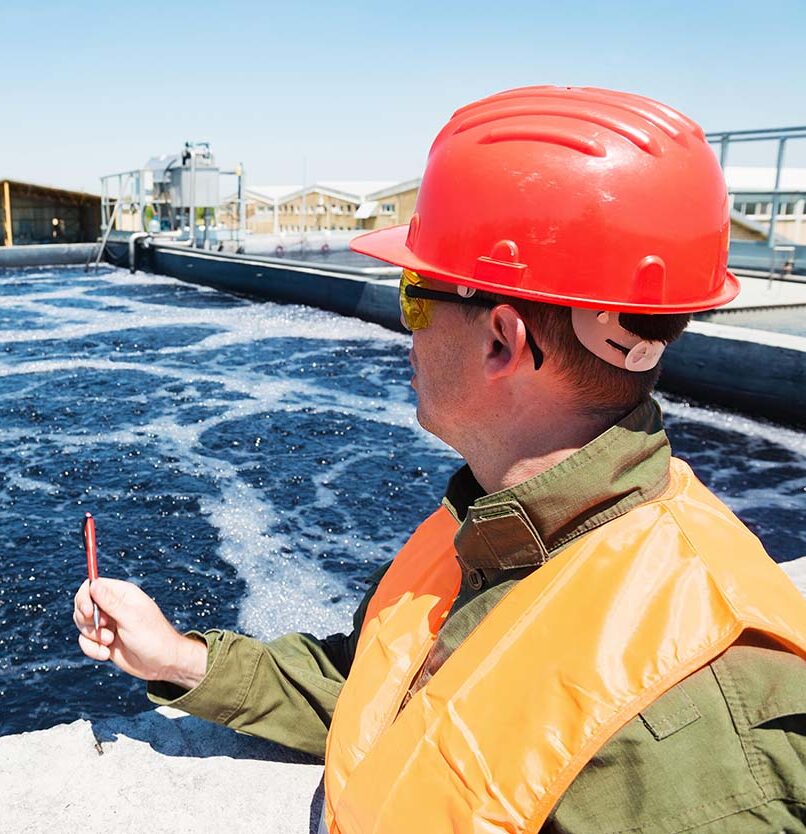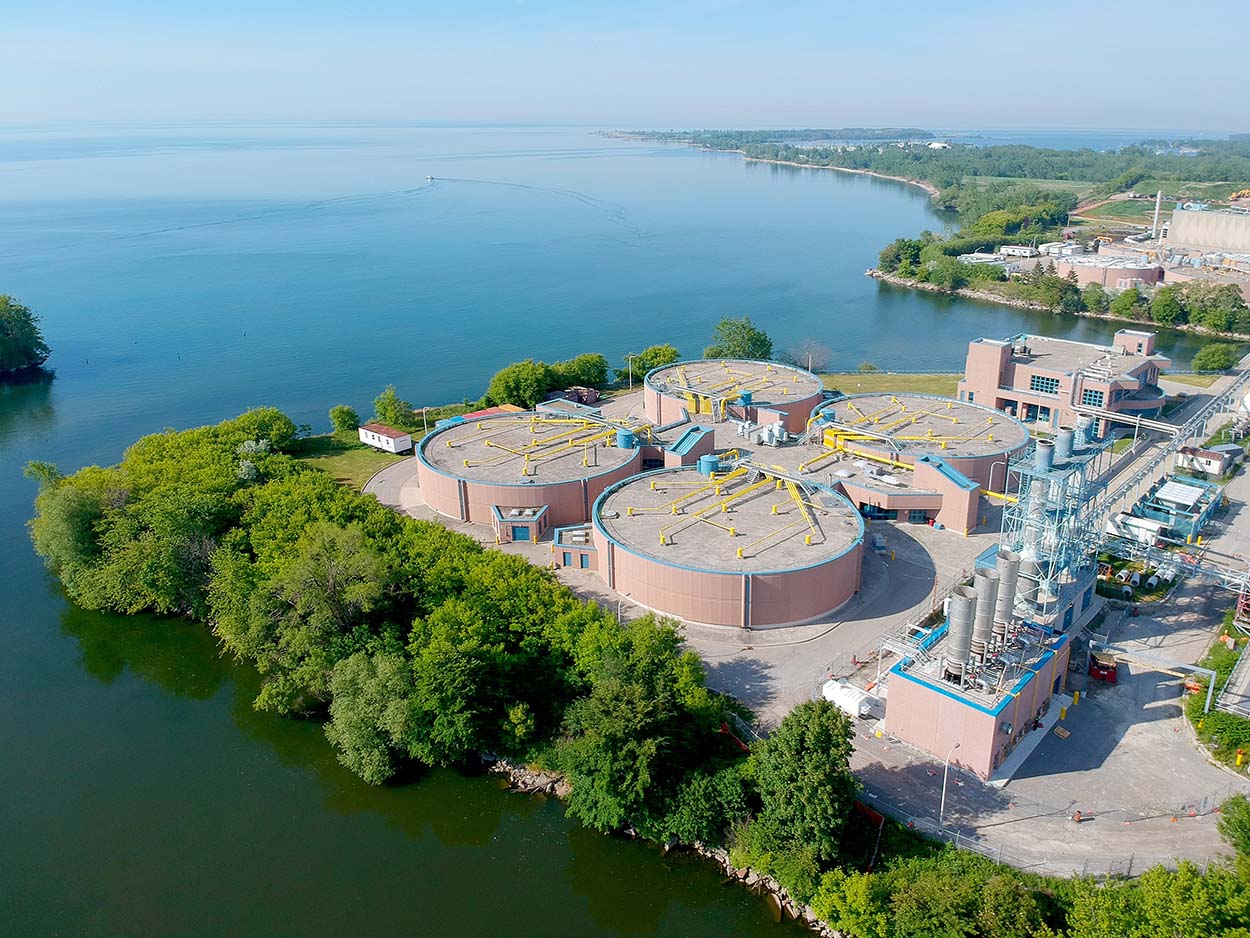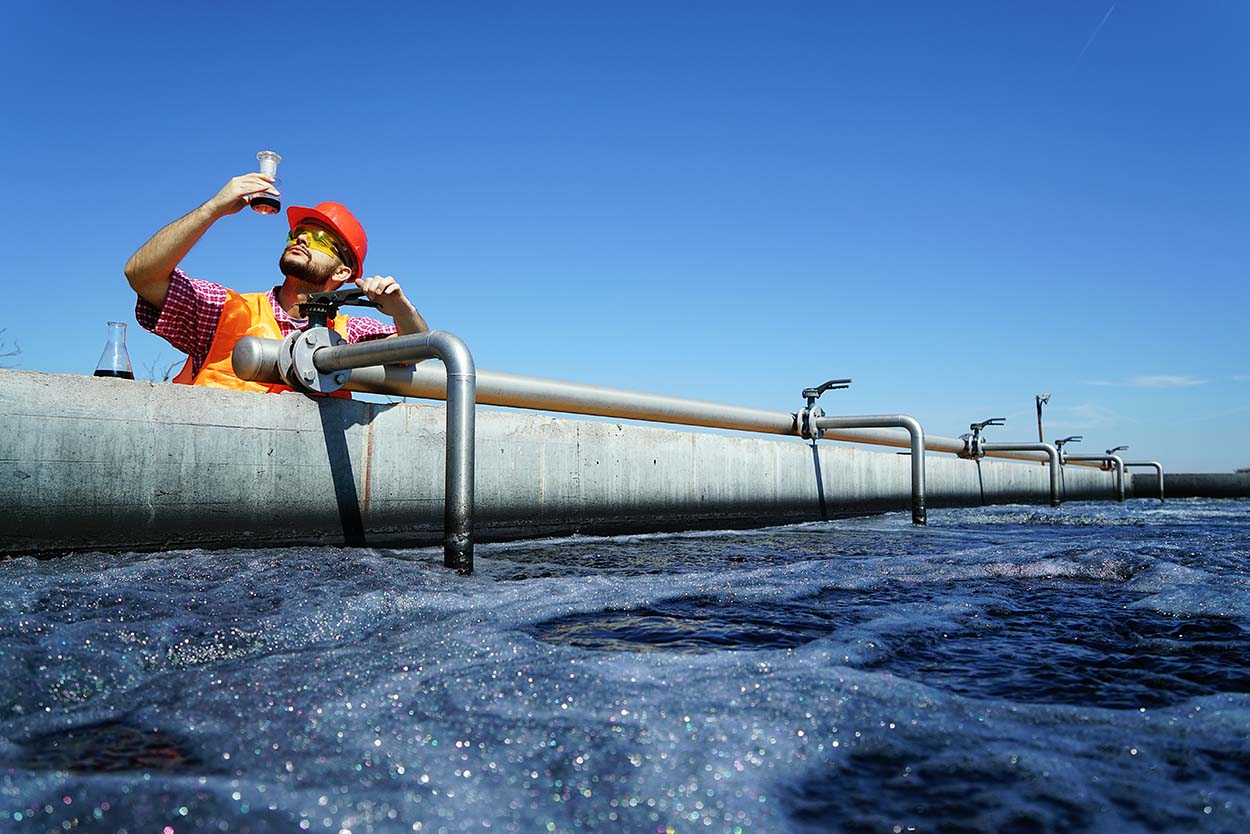Per and polyfluoroalkyl substances (PFAS) are widely used, long-lasting chemicals often found in water, air and soil, and even been discovered in our food supply, drinking water and many consumer products. Because of their widespread use in manufacturing for a variety of consumer, commercial and industrial products, it can be challenging to assess the human-health and environmental risks of PFAS exposure.
Property and facility owners/authorities and builders must be aware of the potential presence of PFAS. The EPA has proposed to designate PFOA and PFOS as hazardous substances under the CERCLA, i.e. Superfund. The EPA has also proposed a National Drinking Water MCL of four parts per trillion (4 ppt) for PFOS and PFOA. It also includes a hazard-index calculation that sums four additional PFAS compounds including PFNA, PFHxS, PFBS and HFPO-DA, also known as GenX. A hazard index greater than one would be in violation as currently proposed.
The EPA is expected to finalize this rule by the end of 2023, with compliance of the new regulation expected within three to five years. The first step is to connect with ECS. Our experts can assist you with the development of a PFAS monitoring program, PFAS related due diligence and other PFAS related compliance and/or disposal characterization requirements you may have.
Contact Us
Per and polyfluoroalkyl substances (PFAS) are widely used, long-lasting chemicals often found in water, air and soil, and even been discovered in our food supply, drinking water and many consumer products. Because of their widespread use in manufacturing for a variety of consumer, commercial and industrial products, it can be challenging to assess the human-health and environmental risks of PFAS exposure.
Property and facility owners/authorities and builders must be aware of the potential presence of PFAS. The EPA has proposed to designate PFOA and PFOS as hazardous substances under the CERCLA, i.e. Superfund. The EPA has also proposed a National Drinking Water MCL of four parts per trillion (4 ppt) for PFOS and PFOA. It also includes a hazard-index calculation that sums four additional PFAS compounds including PFNA, PFHxS, PFBS and HFPO-DA, also known as GenX. A hazard index greater than one would be in violation as currently proposed.
The EPA is expected to finalize this rule by the end of 2023, with compliance of the new regulation expected within three to five years. The first step is to connect with ECS. Our experts can assist you with the development of a PFAS monitoring program, PFAS related due diligence and other PFAS related compliance and/or disposal characterization requirements you may have.
Contact Us



